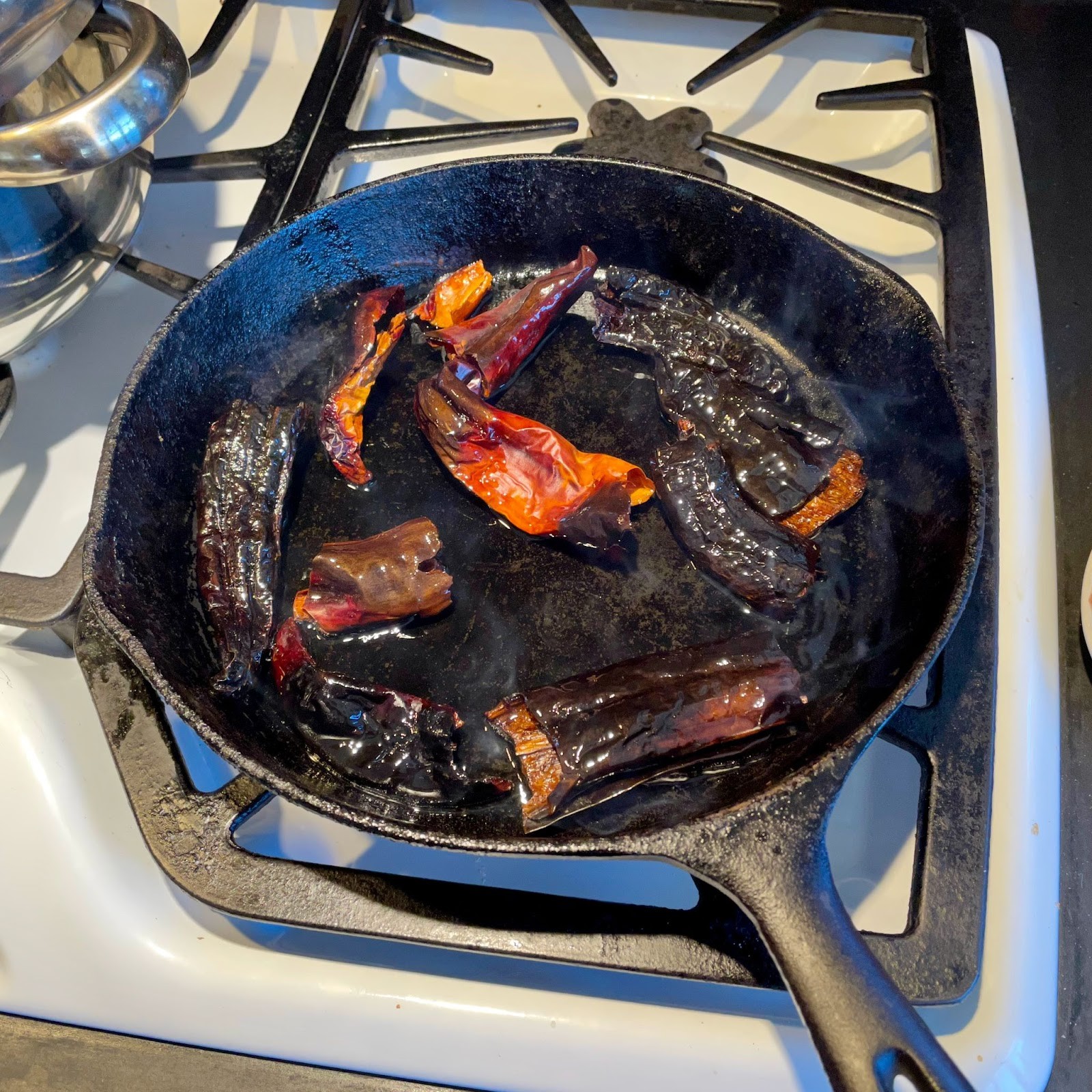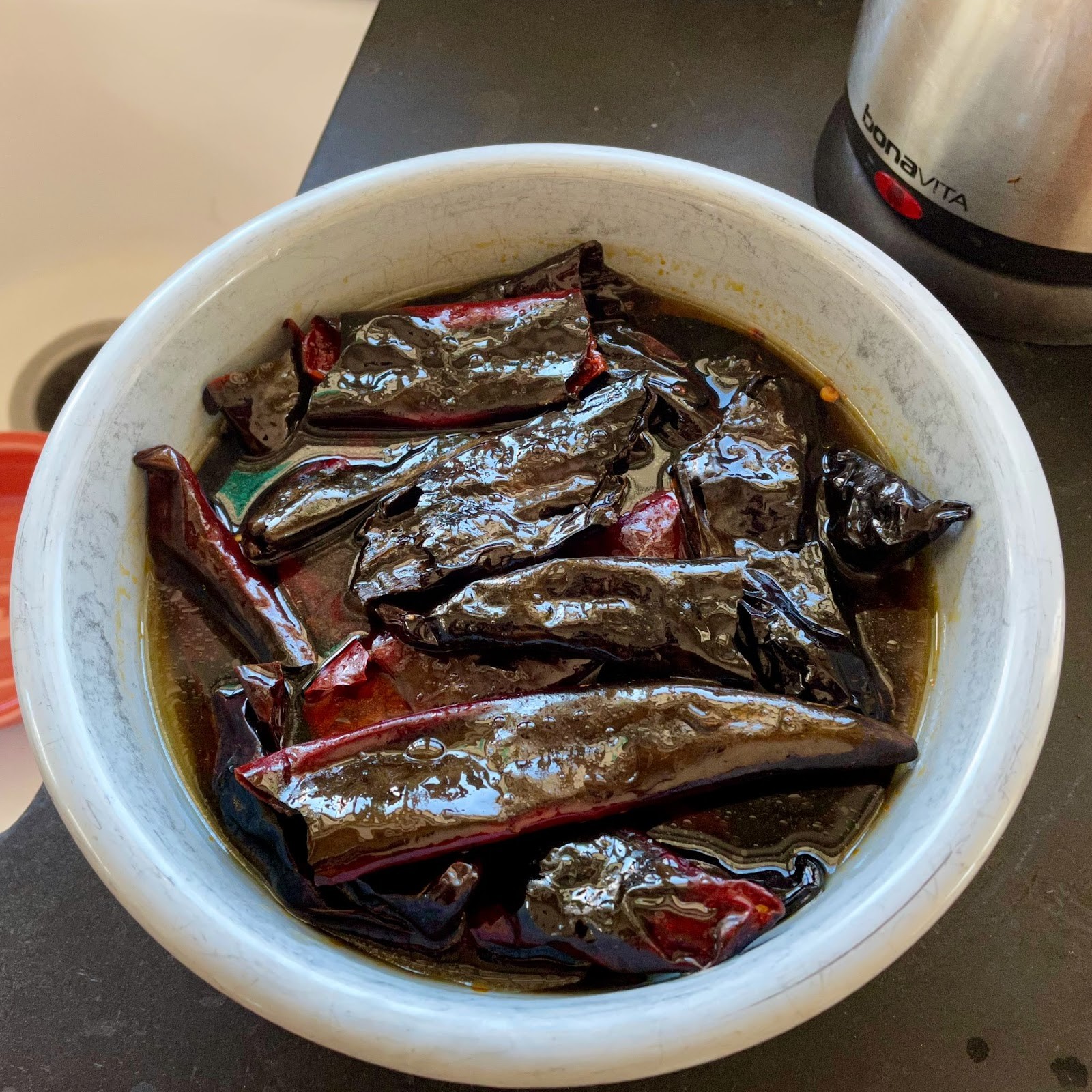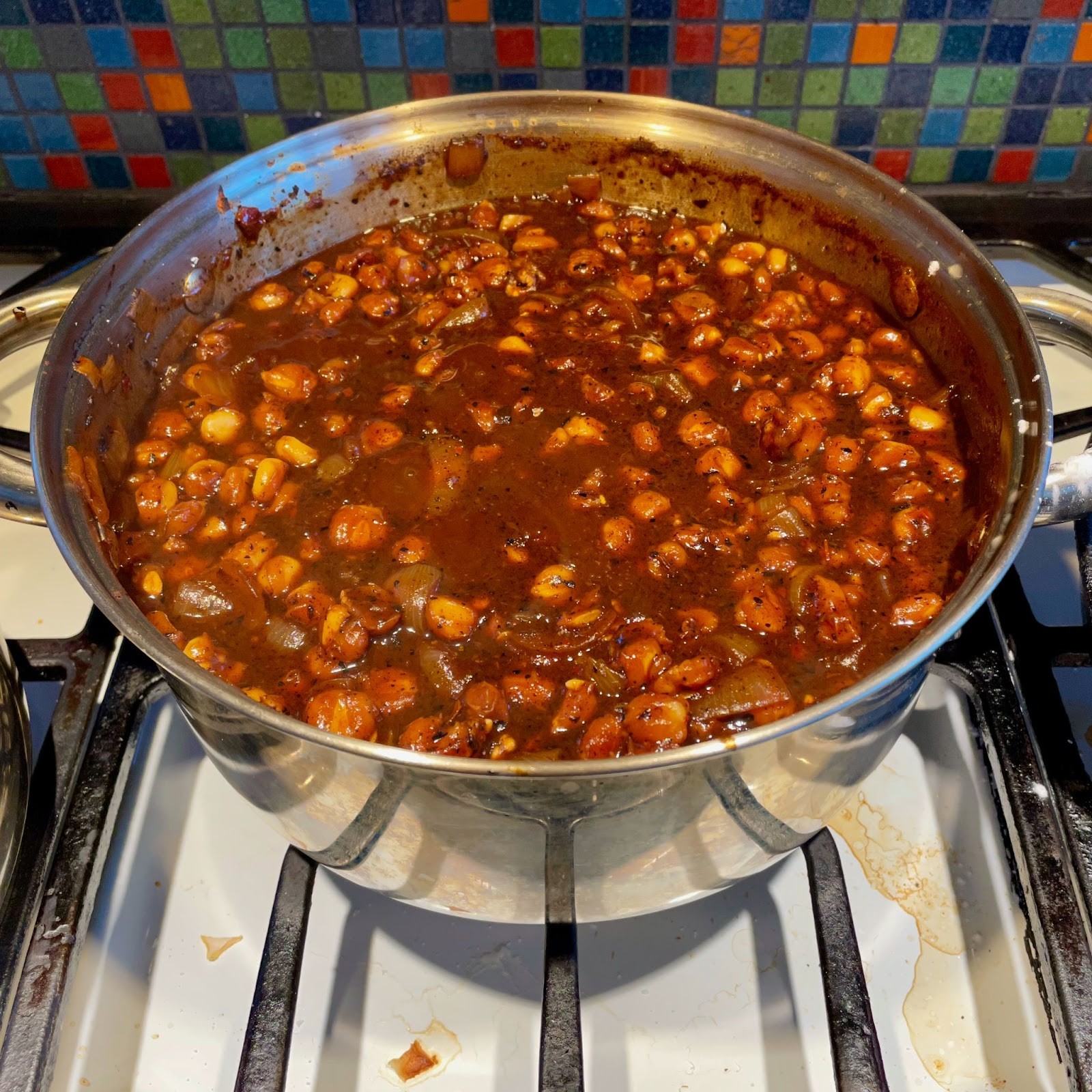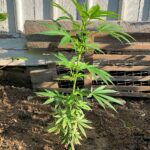Are you curious about the cost of freeze-drying your own food? How Much Is A Freeze Dryer? This article from HOW.EDU.VN breaks down the costs, benefits, and considerations of investing in a home freeze dryer, empowering you to make an informed decision. Discover if freeze-drying is the right choice for your needs.
1. Understanding the Appeal of Freeze-Drying
Freeze-drying has gained immense popularity for its ability to preserve food while retaining its nutritional value, flavor, and texture. The process involves removing moisture from food through sublimation, transforming it from a solid state directly into a gas. This method extends shelf life significantly, making it ideal for emergency preparedness, long-term storage, and creating lightweight meals for outdoor adventures.
1.1. The Benefits of Freeze-Dried Foods
- Extended Shelf Life: Freeze-dried foods can last for years, making them perfect for stockpiling essentials.
- Nutrient Retention: The process preserves more vitamins and minerals compared to other preservation methods.
- Flavor Preservation: Freeze-drying maintains the original taste of the food.
- Lightweight: Reduced moisture content makes freeze-dried foods easy to transport, ideal for backpacking and camping.
- Versatility: Suitable for a wide range of foods, from fruits and vegetables to meats and dairy products.
1.2. Freeze-Drying Applications
- Food Preservation: Extends the life of perishable items.
- Backpacking and Camping: Provides lightweight and nutritious meal options.
- Emergency Preparedness: Ensures a long-lasting food supply during crises.
- Pet Food: Creates healthy, shelf-stable pet treats.
- Pharmaceuticals: Used to preserve medications and vaccines.
- Floral Preservation: Keeps flowers looking fresh for extended periods.
2. Initial Investment: How Much Does a Freeze Dryer Cost?
The cost of a home freeze dryer can vary significantly depending on size, features, and brand. Understanding the upfront costs is essential for budget planning.
2.1. Home Freeze Dryer Costs
Home freeze dryers range from smaller, entry-level models to larger, more sophisticated units. Brands like Harvest Right are popular for their reliability and performance. As of 2024, you can generally expect to pay:
- Small Freeze Dryers: $2,000 – $3,000.
- Medium Freeze Dryers: $3,000 – $4,000.
- Large Freeze Dryers: $4,000 – $5,000+.
These prices typically include the freeze dryer itself, a vacuum pump, and trays.
2.2. Additional Costs to Consider
Beyond the initial price, several other costs can impact your overall investment:
- Vacuum Pump Oil: Essential for the operation of the vacuum pump, costing around $20-$50 per quart.
- Filters: Needed to maintain clean pump oil, typically costing $10-$30 per filter.
- Mylar Bags: Used for long-term storage of freeze-dried foods, costing $20-$50 per pack.
- Oxygen Absorbers: Help to remove oxygen from the bags, extending shelf life, costing $10-$20 per pack.
- Shelving Units: For storing the freeze-dried food, depending on your needs.
| Item | Estimated Cost |
|---|---|
| Vacuum Pump Oil | $20 – $50 |
| Filters | $10 – $30 |
| Mylar Bags | $20 – $50 |
| Oxygen Absorbers | $10 – $20 |



2.3. Brands and Models: A Comparative Overview
Several brands offer high-quality home freeze dryers. Here’s a look at some popular options:
- Harvest Right: Known for reliability and user-friendly design.
- Pro Food Dehydrators: Offers both freeze dryers and dehydrators.
- Elnova: Specializes in scientific and industrial freeze dryers.
Harvest Right, in particular, has models ranging from small to large, suitable for different needs and budgets.
3. Operational Expenses: The Ongoing Costs
Owning a freeze dryer involves ongoing costs such as electricity and maintenance. Understanding these expenses helps you determine the true cost of freeze-drying your own food.
3.1. Energy Consumption
Freeze dryers consume electricity during operation. The amount varies depending on the model and usage. On average, a medium-sized home freeze dryer uses about 20 kWh per run.
- Cost per kWh: Average national cost is around $0.104.
- Cost per Run: Approximately $2.03 per run for electricity.
This cost is relatively low, making freeze-drying an energy-efficient preservation method.
3.2. Maintenance and Repairs
Like any appliance, freeze dryers require maintenance. Regular maintenance includes:
- Changing Vacuum Pump Oil: Every 20-30 runs.
- Cleaning the Freeze Dryer: After each use to prevent contamination.
- Replacing Filters: As needed to maintain optimal performance.
Repairs can vary, but with proper care, freeze dryers are built to last. Most high-quality units are designed to withstand frequent use, with components like vacuum pumps and compressors lasting over a decade with heavy use.
3.3. Consumables
Consumables such as Mylar bags, oxygen absorbers, and labels are essential for packaging and storing freeze-dried foods. Stocking up on these items ensures you can efficiently store your preserved goods.
| Consumable | Purpose | Estimated Cost |
|---|---|---|
| Mylar Bags | Long-term food storage | $20 – $50 per pack |
| Oxygen Absorbers | Remove oxygen to extend shelf life | $10 – $20 per pack |
| Labels | Organize and date your stored items | $5 – $15 per roll |
4. Calculating Food Costs: How Much Do Ingredients Add Up To?
To accurately assess the financial benefits of freeze-drying, you must consider the cost of the food you preserve. This involves evaluating the prices of fresh produce, meats, and other ingredients.
4.1. Cost Analysis of Common Foods
The cost of food varies based on seasonal availability, location, and whether you buy in bulk. Here’s an estimate of the cost of some common foods:
- Beef (Top Sirloin): $12 per pound ($2.91 per 110g dry weight).
- Chicken Breast: $8 per pound ($1.94 per 110g dry weight).
- Pasta: $1.39 per pound ($0.34 per 110g dry weight).
- Tomatoes: $2.29 per pound ($0.55 per 110g dry weight).
- Beans: $1 per pound ($0.24 per 110g dry weight).
4.2. Comparing Fresh vs. Freeze-Dried Food Costs
When calculating costs, it’s important to consider the weight loss that occurs during freeze-drying. Most foods lose about 75% of their weight due to moisture removal. Therefore, you need to account for the dry weight when comparing costs.
- Omnivore Meal Cost: Approximately $3.00 per meal for ingredients.
- Vegetarian Meal Cost: Approximately $1.25 per meal for ingredients.
4.3. Recipe-Specific Considerations
Some recipes may require additional ingredients such as spices, herbs, and sauces. These can add to the overall food cost, but they are typically minor compared to the main ingredients. Rounding up the food costs per meal to $3.00 for omnivores and $1.25 for vegetarians accounts for these extras.
5. Is Freeze-Drying Cost-Effective? A Detailed Analysis
Determining whether freeze-drying is cost-effective depends on several factors, including your consumption level, dietary preferences, and time horizon.
5.1. Break-Even Point Calculation
To calculate the break-even point, compare the cost of freeze-drying your own food with the cost of buying pre-packaged freeze-dried meals.
- Average Cost of Store-Bought Meal: $10 per meal.
- Cost of Freeze-Dried Omnivore Meal: $3.25 per meal (food and operations).
- Cost of Freeze-Dried Vegetarian Meal: $1.50 per meal (food and operations).
The capital costs need to get below $6.75 or $8.50 per meal, respectively, before one starts to save money.
5.2. Consumption Level and Time Horizon
If you anticipate consuming a large number of freeze-dried meals over a long period, investing in a freeze dryer can be cost-effective.
- Omnivore Meals: $2900 / $6.75 = approximately 430 meals.
- Vegetarian Meals: $2900 / $8.75 = approximately 330 meals.
At eight meals per run, that translates to 54 and 41 runs, respectively.
5.3. Long-Term Savings and Benefits
While the initial investment is significant, the long-term savings can be substantial, especially if you consume freeze-dried food regularly. The benefits extend beyond cost savings, including:
- Control Over Ingredients: Ensures high-quality, healthy meals.
- Customization: Allows you to create meals tailored to your preferences.
- Reduced Waste: Preserves food that might otherwise spoil.
- Convenience: Provides a readily available supply of nutritious meals.
6. The Value Proposition: Beyond the Numbers
While the financial aspects of freeze-drying are important, the value proposition extends to non-monetary benefits such as health, convenience, and control over your food supply.
6.1. Health and Nutrition
Freeze-drying preserves more nutrients than other methods, ensuring you get the most out of your food. This is particularly important for individuals with specific dietary needs or health concerns.
6.2. Convenience and Time Savings
Having a freeze dryer allows you to prepare meals in advance and store them for future use. This saves time and effort, especially for busy individuals or families.
6.3. Control Over Your Food Supply
With a freeze dryer, you have complete control over the ingredients and preparation of your meals. This is especially valuable for those with allergies, dietary restrictions, or a desire to eat organic and locally sourced foods.
6.4. Emergency Preparedness and Self-Sufficiency
Freeze-drying provides a reliable way to store food for emergencies, ensuring you have a long-lasting supply of nutritious meals during crises. This promotes self-sufficiency and peace of mind.
7. Optimizing Your Freeze-Drying Process for Cost Efficiency
To maximize the cost-effectiveness of freeze-drying, consider these optimization strategies:
7.1. Bulk Buying
Purchase ingredients in bulk when they are on sale or in season. This reduces your food costs and ensures you have a steady supply for freeze-drying.
7.2. Seasonal Produce
Take advantage of seasonal produce when prices are lower. Freeze-dry fruits and vegetables during their peak season to save money and enjoy the freshest flavors.
7.3. Efficient Batching
Plan your freeze-drying sessions to maximize the use of your machine. Batch similar foods together to optimize energy consumption and reduce the number of runs needed.
7.4. Regular Maintenance
Keep your freeze dryer in good working condition through regular maintenance. This prevents costly repairs and extends the life of your machine.
8. Freeze-Dried Recipe: Posole
Posole is a classic Mexican stew made with hominy in adobo sauce. It is a bit involved to make, but it scales easily, so you don’t have to make it often. It has become one of my trail favorites, especially in cold weather.
8.1. Ingredients Needed
For a roughly 2-quart batch, you’ll need about 6 ounces (170 g) of dried peppers and 4 15 oz (425 g) cans of hominy. Both are available at your local carneceria. For peppers, I recommend guajillos and anchos. Throw in some chipotles (smoked anchos) if you want a smoky flavor.
8.2. Step-by-Step Instructions
- Start by searing the peppers. Cover the bottom of a cast iron skillet with oil, and heat it medium-high until it just begins to smoke. While it’s heating, break or cut off the tops of the peppers, removing the stems and seeds.
- Lay the peppers in the hot oil, searing them until they turn brown (and not too black), about 20 seconds per side. Put them in a mixing bowl of warm water, cover with a dish (to press them under the water), and let them soak for about 20 minutes.
- Pour the peppers and about half the water into a blender and whir it up very fine. Add more water if needed to get a good consistency. Rick Bayless (whose recipe I am adapting here) suggests straining through a cheesecloth, but I prefer a chunkier texture myself.
- Cut up some white onion, drain the hominy, and add both ingredients to the adobo sauce. Sprinkle in some Mexican oregano to taste and simmer for a couple of hours.
- Add pork or chicken if desired.
- Radishes and cabbage are the traditional garnishes, but I usually top with dried flour tortillas strips and some cheese.
- You can save some of the adobo sauce to dry separately. It makes an excellent sauce for other meals – adobo mac and cheese is a fantastic trail meal.
This recipe works for both freeze-drying and heat-assisted dehydration. The hominy doesn’t rehydrate as well if dehydrated and remains a bit chewy. It is still pretty darn good. Give posole a try if you are ready to move beyond burritos.
9. Expert Consultation: Get Personalized Advice from HOW.EDU.VN
Navigating the complexities of freeze-drying can be challenging. At HOW.EDU.VN, we connect you with leading experts who can provide personalized advice tailored to your unique needs and circumstances.
9.1. Access to Top Professionals
Our platform offers direct access to a network of over 100 renowned PhDs and specialists from around the globe. These experts can guide you on every aspect of freeze-drying, from selecting the right equipment to optimizing your processes.
9.2. Personalized Consulting Services
Whether you’re a seasoned professional or just starting, our consultants provide in-depth, customized solutions. They can help you overcome challenges, make informed decisions, and achieve your freeze-drying goals.
9.3. How to Get Started with Expert Consultation
- Visit HOW.EDU.VN: Navigate to our website.
- Create an Account: Sign up for a free account to access our network of experts.
- Browse Experts: Explore the profiles of our PhDs and specialists in food science and preservation.
- Request a Consultation: Submit your questions or challenges, and we’ll connect you with the most relevant expert.
- Receive Personalized Advice: Get tailored recommendations and solutions to help you succeed.
9.4. Benefits of Consulting with HOW.EDU.VN Experts
- Save Time and Money: Avoid costly mistakes by getting expert advice upfront.
- Gain a Competitive Edge: Stay ahead of the curve with cutting-edge insights and best practices.
- Ensure Accuracy: Rely on verified information and data-driven strategies.
- Achieve Optimal Results: Maximize the efficiency and effectiveness of your freeze-drying processes.
10. Frequently Asked Questions (FAQ) About Freeze-Drying Costs
10.1. What is the average lifespan of a home freeze dryer?
With proper maintenance, a high-quality home freeze dryer can last for over a decade, providing years of reliable service.
10.2. How often do I need to change the vacuum pump oil?
It is recommended to change the vacuum pump oil every 20-30 runs to ensure optimal performance and longevity of the machine.
10.3. Can I freeze-dry liquids like soups and sauces?
Yes, you can freeze-dry liquids, but they may require longer drying times. Spread them thinly on the trays for best results.
10.4. Is it safe to freeze-dry pet food?
Yes, freeze-drying pet food is safe and can provide a healthy, long-lasting option for your pets. Ensure you use high-quality ingredients.
10.5. What are the best storage options for freeze-dried food?
Mylar bags with oxygen absorbers are the best storage options for freeze-dried food, as they provide an airtight and oxygen-free environment.
10.6. Can freeze-dried food be rehydrated?
Yes, freeze-dried food can be easily rehydrated by adding water. The food will regain its original texture and flavor.
10.7. How does freeze-drying compare to other food preservation methods?
Freeze-drying preserves more nutrients and flavor compared to canning, dehydrating, and freezing. It also offers a longer shelf life.
10.8. What types of food are best suited for freeze-drying?
Fruits, vegetables, meats, dairy products, and even complete meals are well-suited for freeze-drying. The process works best with foods that have a high moisture content.
10.9. Are there any foods that cannot be freeze-dried?
Foods with high sugar content, such as honey and syrup, are difficult to freeze-dry as they tend to melt and caramelize during the process.
10.10. Where can I find reliable information about freeze-drying techniques?
HOW.EDU.VN offers a wealth of resources, including articles, expert consultations, and community forums, to help you learn about freeze-drying techniques and best practices.
Conclusion: Making an Informed Decision
Deciding whether to invest in a home freeze dryer requires careful consideration of the initial costs, operational expenses, and potential benefits. By understanding the cost breakdown and optimizing your freeze-drying process, you can determine if it is a cost-effective and worthwhile investment for your needs. For personalized advice and expert guidance, contact the team of PhDs at HOW.EDU.VN. Our specialists are ready to provide you with the insights and solutions you need to make the most of freeze-drying. Contact us today at 456 Expertise Plaza, Consult City, CA 90210, United States. Whatsapp: +1 (310) 555-1212. Visit our website at how.edu.vn.

